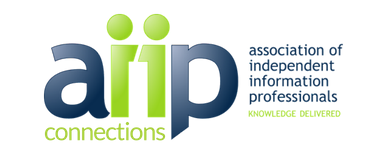How to Give Yourself a Raise

I was recently asked by someone I’m coaching for advice on how she could negotiate an increase in her hourly rate on an ongoing project, as she had initially priced herself at a low hourly rate. My advice to her was that she had a few options. She could go back to the client and tell her that she was going to raise her hourly rate, but she would have to be able to point to increased value since the inception of the project. In other words, what’s the added value that the client gets for the higher budget? What else can she do in the same number of hours that enhances the value of her contribution? Alternatively, she could chalk this up to a learning experience—we’ve all had them—and reflect on how she can position herself in the future to charge a rate that better reflects her value.
This got me thinking about the bigger picture of how we can price ourselves and the impact those choices have on the success and profitability of our business. Hourly pricing often feels like a lower-risk engagement, particularly if we are budgeting for a project in which we have difficulty estimating the hours required. What if we underestimate the requirements and wind up spending far more hours than anticipated? The problem with this approach is that hourly pricing, by definition, focuses on the operational aspects of any engagement—the what we do and how we do it.
As long as you tie your income to the hours that you spend on a project, you will either find yourself underpaid for your expertise or telling your client you charge $400/hour for your time. Hourly pricing focuses your client’s attention away from outcome and toward seeing you as simply a worker.
Instead, the way to determine the value of your contribution to your client is to focus on results—the outcome that is enabled by your product or service. In fact, when you price projects based on outcome, you may in fact be working for $400/hour; your client is not paying you for how long it took you but for what you delivered and what the client can do next. This change in perspective is key—you see yourself as an expert who, because of your experience, insights and skills, provides a strategic product and service your clients value and that you stand behind. You are being paid not for the specific hours you work but for what you deliver.
One common objection to project pricing is that, for some projects, it’s impossible to predict how many hours will be required. My response is that it’s our job as infopreneurs to help the client define the desired result and to keep the client focused on what needs to be accomplished, not how long it will take to do it. Some projects lend themselves to be split into components or phases, enabling you to provide a budget for the first phase and negotiate the pricing for subsequent phases later. In other situations, asking the client the budget for this project elicits a useful answer. (Yes, this direct technique really works; see more here.)
When we see ourselves as strategic, insightful problem-solvers who are bringing all our expertise to help solve a client’s need, it is easier to move out of the hourly-rate mindset and into value-based pricing.
Mary Ellen Bates has been an infopreneur since 1991, providing business analysis for strategic decision-makers and consulting services to the information industry. Her passion projects are beekeeping and coaching new and long-time infopreneurs. See more at BatesInfo.com.





